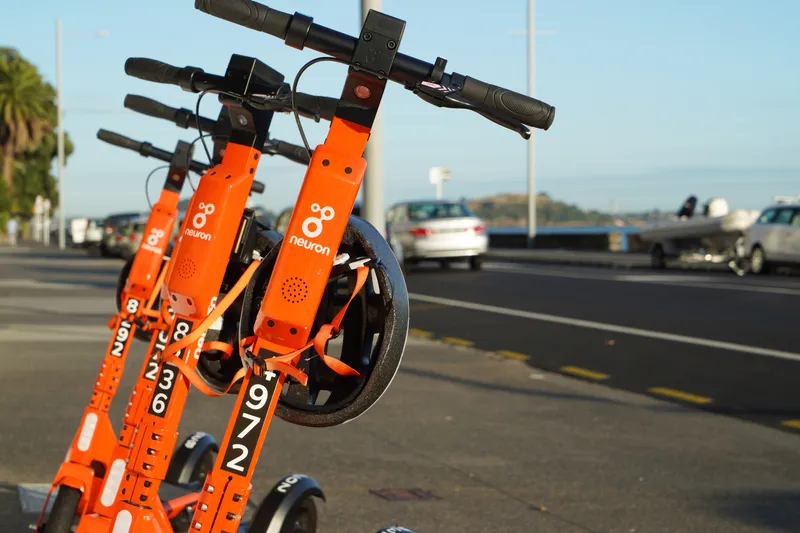
Traffic Technology’s (TT) iSight-iD cycle count information display has counted more than 5,155,904 cycles since August 2013, and more than 1,000,000 cycles since January 2017, at Goldsmiths Row in the London Borough of Hackney. The data collected enables the council to monitor the growth in cycling and plan future improvements to keep cyclists safe and make cycling more popular.
According to the council, the borough has the highest cycle to work rate in London and the fourth highest in the UK.
The continuously updated live display counts the number of cyclists using the route and passing the sign each day as well as the total number for the year to date. Data sent back to the authority for strategic analysis is automatically updated on their website via TT’s Eco Visio Webwidget.










